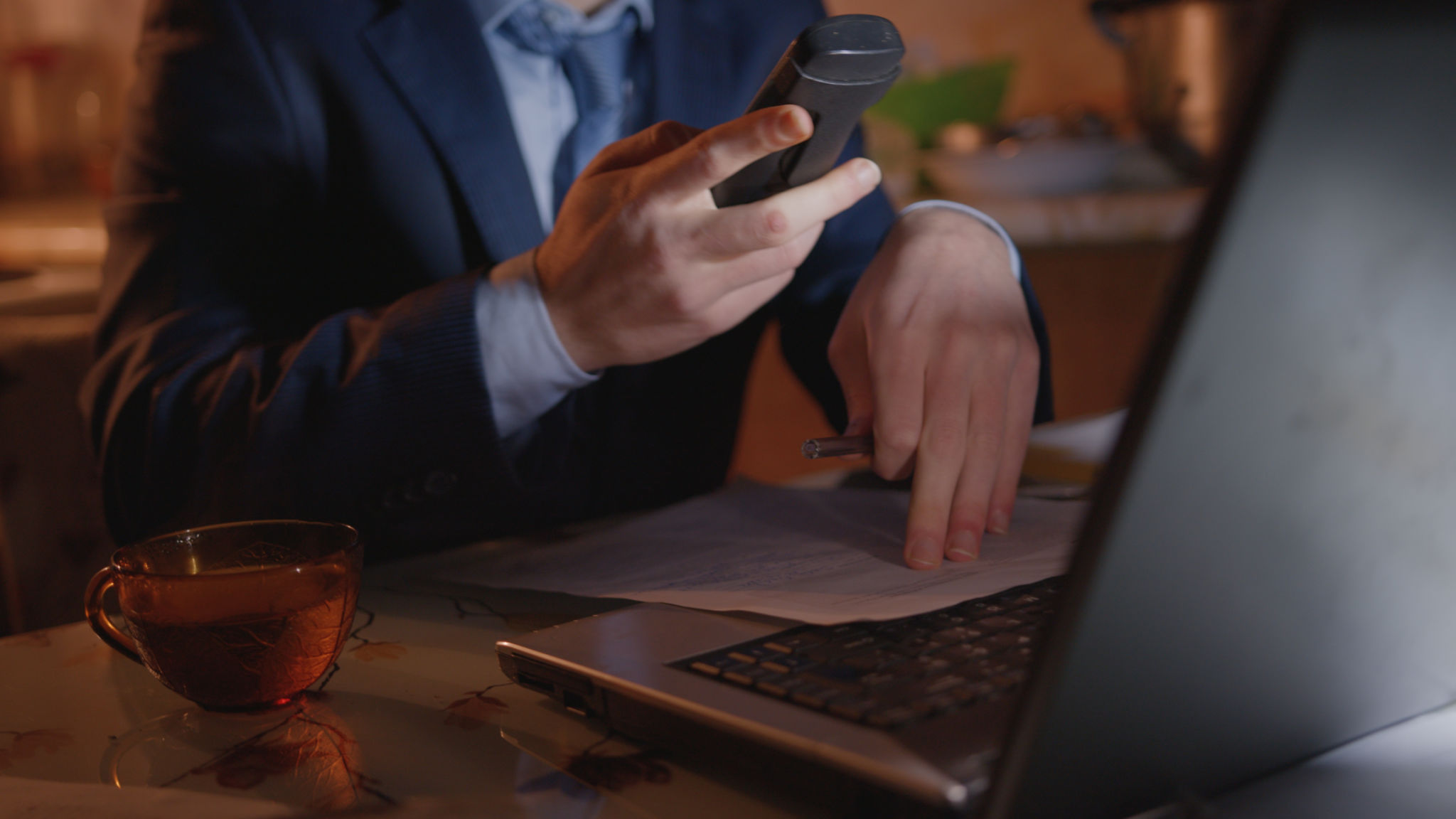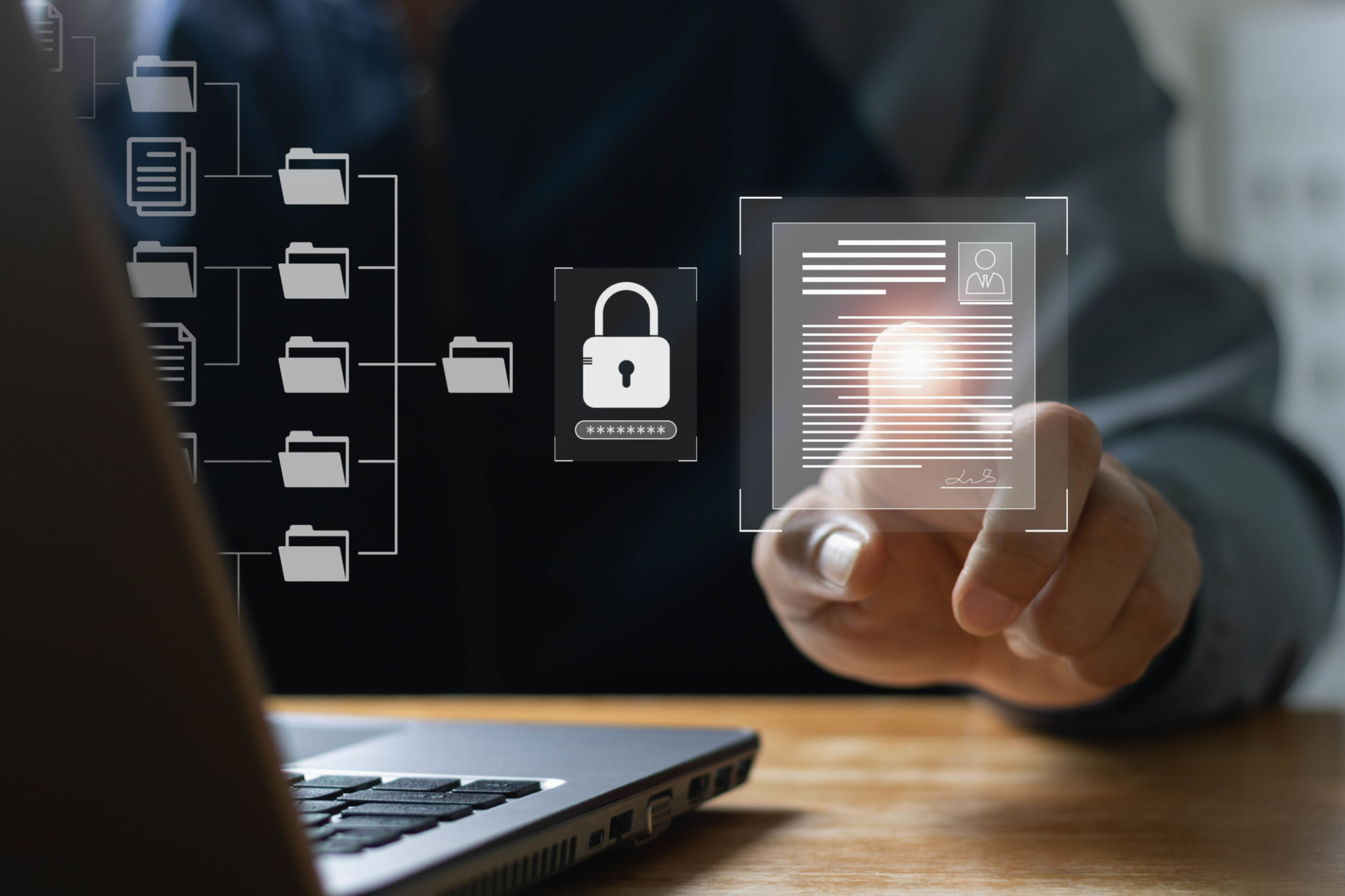A Step-by-Step Guide to Remote Electronic Notarization
RJ
Understanding Remote Electronic Notarization
In today's digital age, remote electronic notarization (REN) has emerged as a convenient alternative to traditional, in-person notarization. This process allows notaries to authenticate documents and verify signatures remotely using audio-visual technology. This guide will walk you through the steps of completing a remote electronic notarization, ensuring that your documents are legally binding and efficiently processed.
Remote electronic notarization is particularly beneficial for individuals who cannot easily access a notary in person due to geographical limitations or health concerns. By leveraging technology, REN provides a secure and efficient way to handle important legal documents from the comfort of your home or office.

Preparing for Remote Electronic Notarization
Gather Necessary Documents
Before starting the REN process, it is essential to gather all the necessary documents that need notarization. Ensure these documents are complete and contain no blank spaces that could be filled in later, as this might invalidate the notarization.
Choose a Reliable Notary Platform
There are numerous platforms available for remote electronic notarization. It's important to choose a reputable service that complies with state regulations and offers a secure environment for your documents. Look for features such as encrypted sessions, identity verification, and compliance with legal standards.

The Remote Notarization Process
Verify Your Identity
A crucial step in the REN process is identity verification. Most platforms require you to present a government-issued ID via your webcam. Some platforms may also use knowledge-based authentication (KBA), where you answer personal questions based on your credit history to confirm your identity.
Connect with a Notary
Once your identity is verified, you will connect with a commissioned notary via a video call. During this session, the notary will review your documents and witness your signature. Ensure you have a stable internet connection to avoid disruptions during the call.

Completing the Notarization
Sign and Seal the Documents
During the video call, you'll electronically sign the documents. The notary will then apply their electronic seal and signature, legally notarizing the documents. This step confirms that the notary witnessed your signature and verified your identity.
Receive and Store Your Documents
After notarization, you will receive a digital copy of your notarized documents. It’s advisable to download and securely store these files for future reference. Many platforms also offer cloud storage options, allowing you to access your documents anytime.

Legal Considerations and Best Practices
It's important to note that not all states in the U.S. allow remote electronic notarization. Before proceeding, verify that REN is permitted in your state and understand any specific requirements or limitations that may apply.
Additionally, always ensure that the platform you choose adheres to legal standards and provides an audit trail of the notarization process, which includes details like date, time, and participants involved in the session.
Conclusion
Remote electronic notarization has revolutionized the way we handle legal documentation by offering convenience without compromising security. By following these steps, you can confidently complete a remote notarization and enjoy the benefits of this modern approach. Remember to stay informed about any changes in legislation related to REN to make sure you're always compliant with current laws.